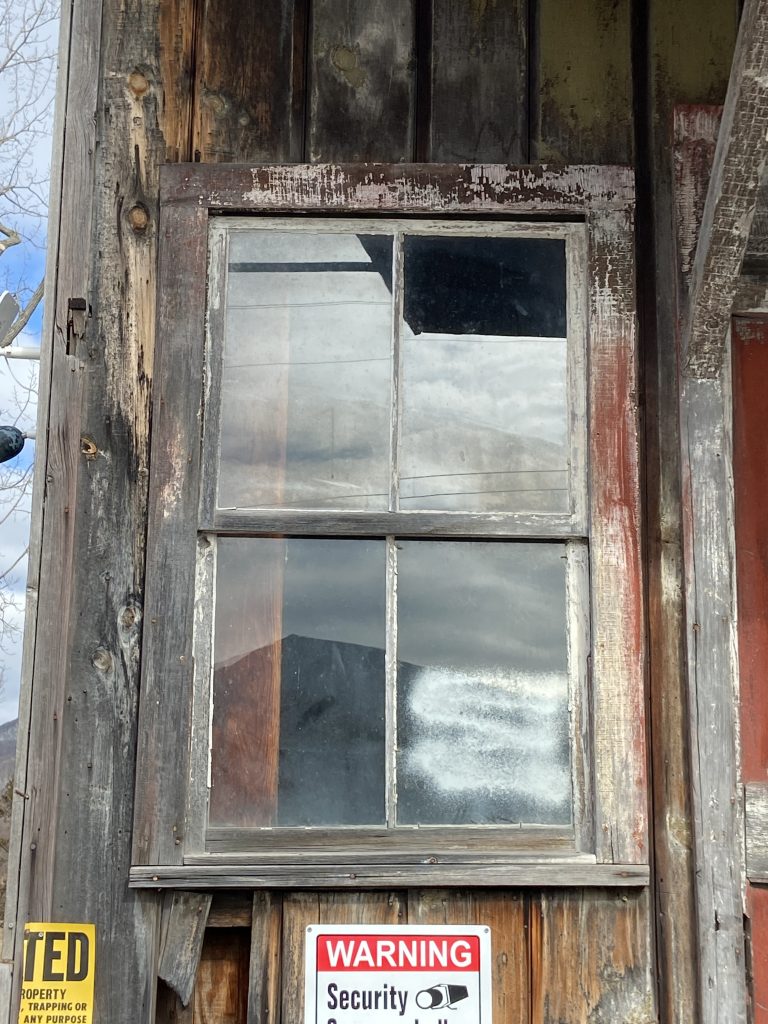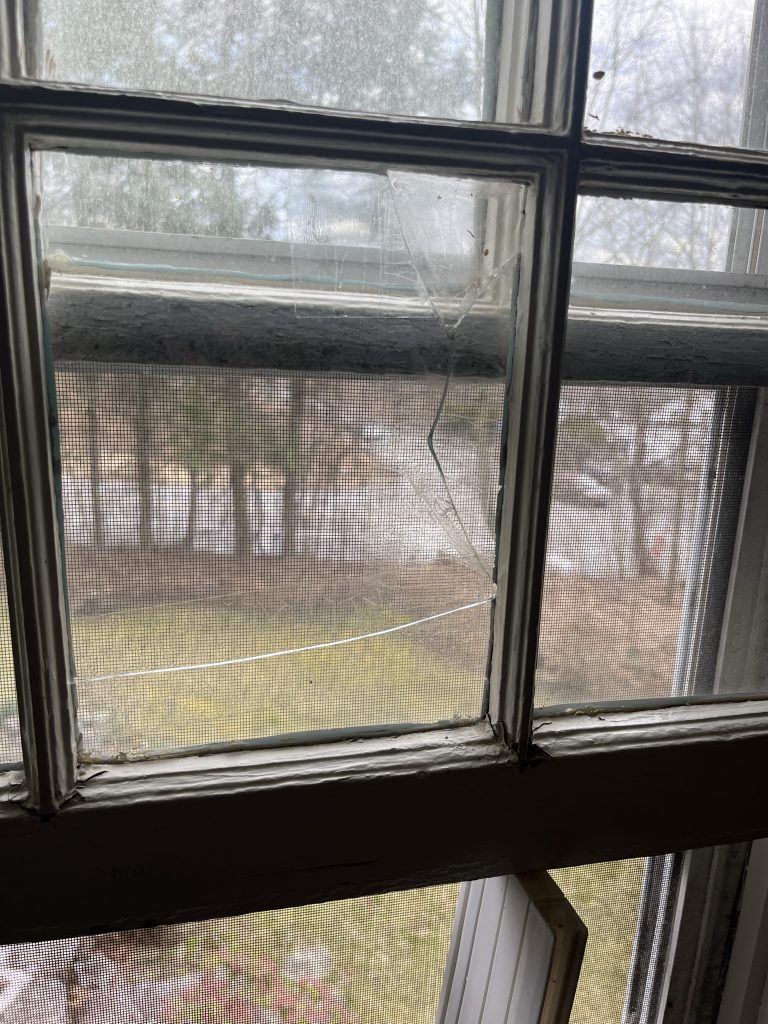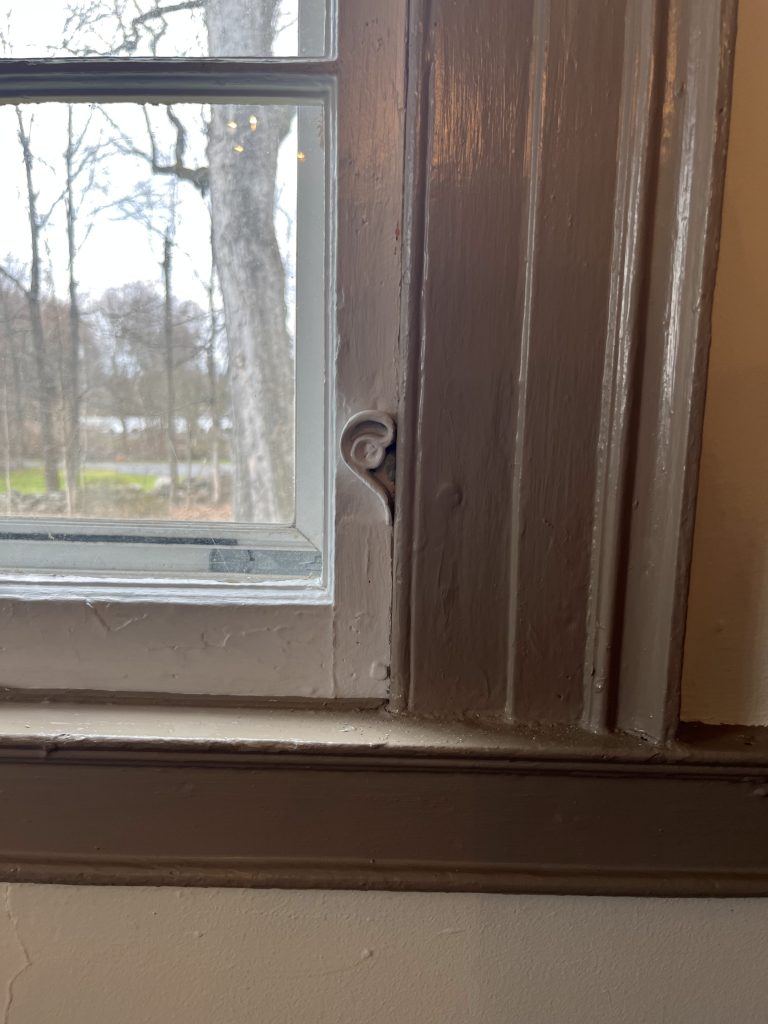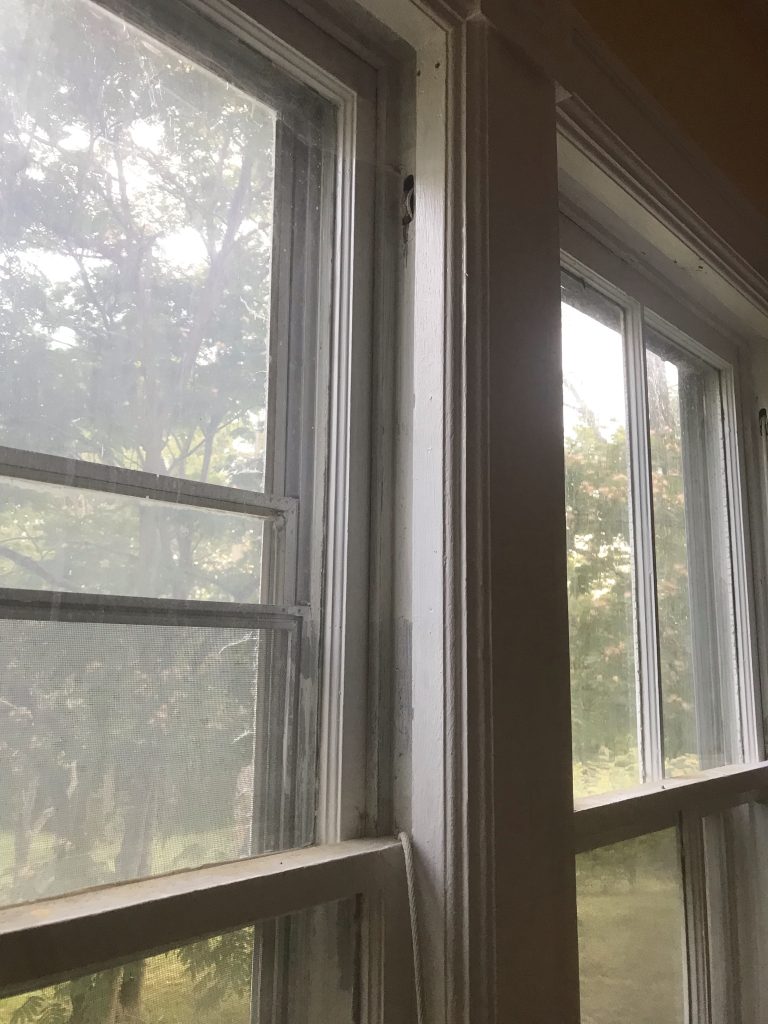Historic windows are an important character-defining feature of old houses. For me, as a preservationist, that alone is enough reason to go to the mat. I wrote a piece for CIRCA Old Houses covering the history of window technology and style, making a case for their aesthetic, historical and architectural significance. In my book, windows are “Class A” worth preserving! But there’s more to the story.
CAN HISTORIC WINDOWS BE ENERGY EFFICIENT?
Preserving historic windows is a meaningful way to care for Earth, the economy and the humans who depend on both Earth and the economy for their survival. I don’t think it is an overstatement to say that humans need old windows to sustain not only their quality of life but life itself.
Most preservationists will tell you that nothing beats a well-maintained wood, counter-weighted, oil-painted, weather-stripped window with exterior (or interior) storms. Usually this means a restored original (or at least historic) window.
With credit to the National Trust for Historic Preservation, here is a summary of “Reasons to Save Old Windows” that doesn’t even mention aesthetics, charm or patina:
- Americans demolish 200,000+ buildings each year, equaling approximately 124 million tons of debris. Every window removed from a building adds to this problem.
- It can take 240 years of energy savings to pay back the cost of installing replacement windows
- 30% of the time, a replacement window will be replaced within 10 years
- Adding insulation in your attic can save more energy than replacing your windows
- Replacement windows that contain vinyl or PVC are toxic to produce and create toxic byproducts
- Even high-quality new wood windows typically won’t last as long as historic old-growth wood windows
- A historic wood window, properly maintained, weather-stripped and with a storm window, can be just as energy efficient as a new window
- It can be easy—and inexpensive—to repair and maintain your wood windows (YouTube is full of DIY videos that demystify the process, especially @thecraftsmanblog)
- Hiring a skilled tradesperson to repair your windows fuels the local economy (the Windows Preservation Alliance offers a directory and other helpful resources). A definitive study on historic preservation and the economy is this 2013 report by PlaceEconomics. New research on the importance of historic preservation workforce development is available from the Preservation League of New York State.
CAN MY OLD WINDOWS BE RESCUED?
Some contractors will tell us our old windows are “shot”. (If they do, please send them a link to this post!) But let’s take a closer look at what’s really going on. Is the paint peeling? Are parts of the frame missing? Is the glass broken? Putty crumbling? Will the windows not open or shut?




GOOD NEWS! ALL OF THESE THINGS CAN BE FIXED.
The beauty of an old window is that it’s actually a very simple assemblage of parts – no top-secret trademark magic. For hundreds of years, until the 20th century, windows were made pretty much the same way, with some interesting variations. Once you take a close look at an old window, it’s easy to see how it was put together, and how to take it apart.
In its Preservation Brief #9, the National Park Service says windows in a minor state of deterioration – missing glass and putty, broken ropes, peeling paint – can be repaired by “an unskilled person with minimal training and experience.”
Windows that exhibit rotten or missing wood require more skills, but they can be rebuilt by someone like Emily Majer of White Clay Kill Preservation (I visited Emily in her Tivoli, NY, workshop – our conversation is available on my YouTube channel).
So, if your house has its old windows, as leaky/peeling/rattly as they may be now, recognize that you’re sitting on a goldmine. Usually, they can be restored for about the same cost as installing new windows. Sure, they will require ongoing maintenance (all of the parts in the diagram above are subject to wear and tear). But at least they can be repaired (not just by experts, by handy homeowners, too), unlike modern windows that have a relatively short lifespan and must be replaced in their entirety – in perpetuity!
For more advice and mentorship on historic preservation strategy, sign up for the Worth Preserving newsletter!
 KATE WOOD grew up criss-crossing the country in the family’s Volkswagen Bus, visiting house museums, battlefields, Main Streets, and national parks. Today, she is an award-winning preservationist, real estate broker and principal of the full-service historic rehabilitation consulting firm, Worth Preserving. Kate believes in the essential value of old-building stewardship to sustain community character. For her, each property is a cause and each client a fellow advocate. She specializes in matching people with properties, skilled contractors, historic tax credits and other benefits to support top-tier rehabilitation projects. For advice and solutions to help unlock the potential of your old house join My Newsletter.
KATE WOOD grew up criss-crossing the country in the family’s Volkswagen Bus, visiting house museums, battlefields, Main Streets, and national parks. Today, she is an award-winning preservationist, real estate broker and principal of the full-service historic rehabilitation consulting firm, Worth Preserving. Kate believes in the essential value of old-building stewardship to sustain community character. For her, each property is a cause and each client a fellow advocate. She specializes in matching people with properties, skilled contractors, historic tax credits and other benefits to support top-tier rehabilitation projects. For advice and solutions to help unlock the potential of your old house join My Newsletter.